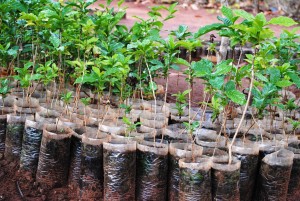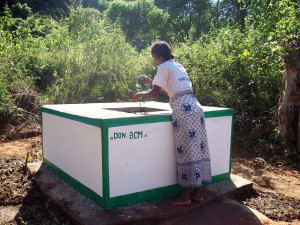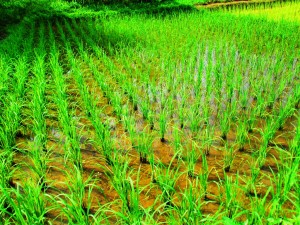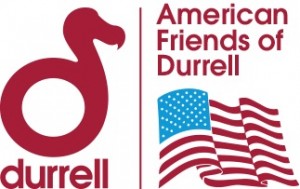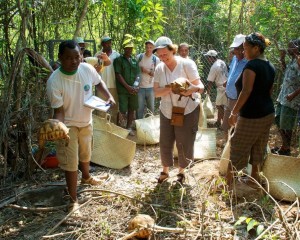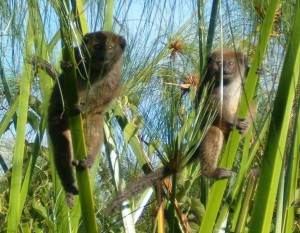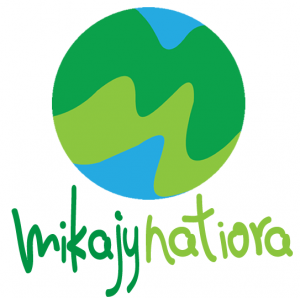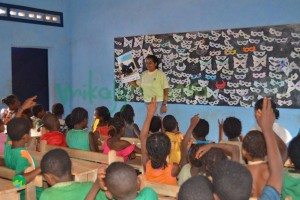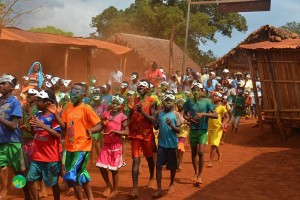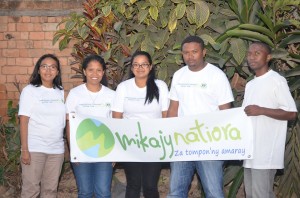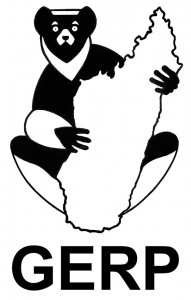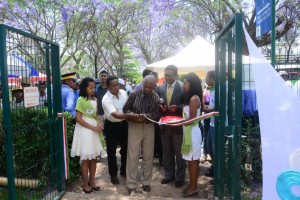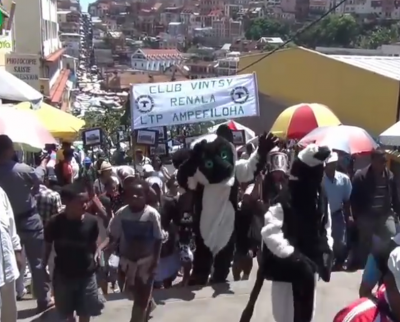Association Mitsinjo
What We Do
Association Mitsinjo was created in 1999 by the residents of Andasibe village in central Madagascar to cater to the growing number of tourists visiting the region. At Association Mitsinjo we work for the conservation of biodiversity and the sustainable development of the Andasibe region (central Madagascar) and beyond. This involves managing the forest station at the Analamazoatra Special Reserve, located next to the Andasibe-Mantadia National Park.
How We Protect Lemurs And Other Wildlife
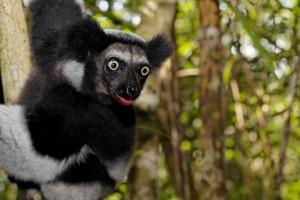
One of the Indri lemurs!
Association Mitsinjo has been managing the forest station at Analamazoatra Special Reserve since 2003, and we have a contract to manage this program until 2037. We aim to preserve and restore 700 hectares of rainforest in this region into pristine lemur habitat.
To date, logging and hunting using snares has almost stopped completely in this area. In addition, by the end of 2022 we have aleady restored almost 500 hectares using native trees grown in the Association’s nurseries. As a result, Indri populations have increased and the area has become a highlight for tourists visiting Madagascar.
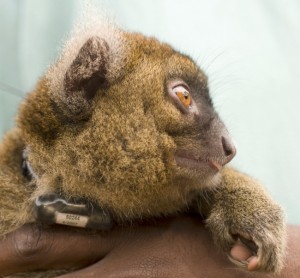
A Greater Bamboo Lemur (Prolemur simus) being held by a researcher.
What Lemur Species We Protect
More than 11 species of lemurs are known to inhabit the two protected areas managed by Association Mitsinjo. The following species are the focus of several Association Mitsinjo programs:
- Black-and-white ruffed lemur (Varecia variegata)
- Greater bamboo lemur (Prolemur simus)
- Indri (Indri indri)
How We Support Local Communities
As a community-based Malagasy conservation organization, all of our members are from the local community. To facilitate sustainable use of habitat, we have established a long-term management contract for our rainforest site. Preservation of this area, for both people and lemurs, form the core of our sustainability strategy.
We have engaged in a variety of social development and capacity building programs for local communities, including:
- The construction of a primary school
- Community-based monitoring of lemurs, birds, and frogs
- Promotion of ecotourism and novel agricultural techniques
- The establishment of a lemur research camp
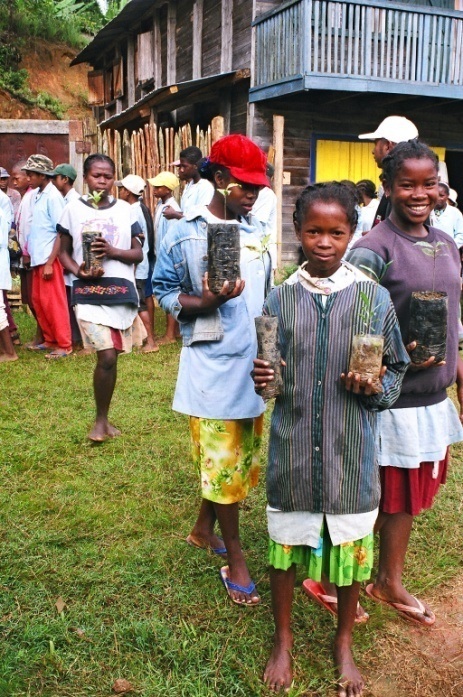
Children planting rainforest trees. Photo: Association Mitsinjo.

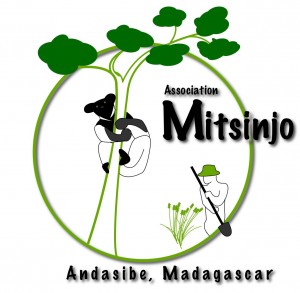
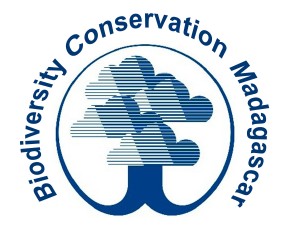
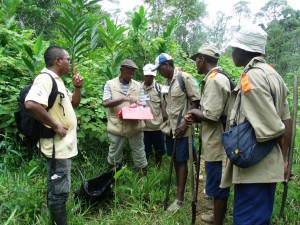 Biodiversity Conservation Madagascar (BCM) was established in 2002 as the conservation arm of Bioculture (Mauritius) Ltd. Our main goals are to conserve threatened forests in east and west Madagascar that are of high biodiversity value, especially those rich in lemur species. We currently work in the 2,400 hectare lowland rainforest in Sahafina (East Madagascar) and the Beanka dry deciduous forest in the Maintirano region (West Madagascar).
Biodiversity Conservation Madagascar (BCM) was established in 2002 as the conservation arm of Bioculture (Mauritius) Ltd. Our main goals are to conserve threatened forests in east and west Madagascar that are of high biodiversity value, especially those rich in lemur species. We currently work in the 2,400 hectare lowland rainforest in Sahafina (East Madagascar) and the Beanka dry deciduous forest in the Maintirano region (West Madagascar).